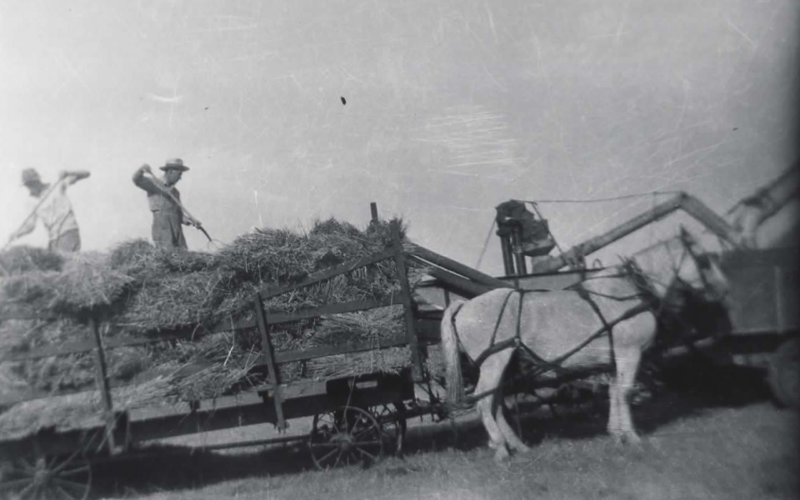
Much recently-published steampunk fiction could be described period romance with airships. I was seeking something different, which is why the blurb for this novel caught my eye: “A steampunk adventure with snark and sass.” It had a great title as well. I expected something unique, and it most certainly was.
First of all, the story opens in Germany in the present day. Steampunk fiction is typically set in the past, far future, or a fantasy world. The protagonists are two teenagers – Adal, the mixed-race grandson of an American GI who remained in Europe, and his best friend Arija, an Israeli transplant. They have typical teenage problems like arguments with parents, run-ins with bullies, and discipline at school. On the same day that Adal faces all these typical problems, he gets the news that his grandfather, his hero and role-model, has suddenly died. Emotionally distraught, he flees from school, pursued by Arija, who wants to make sure he’s alright. She chases him to a heavily wooded park where he often goes for solace. While there, Adal drops his lucky coin, a treasured keepsake from his grandfather. It rolls into a hole which leads into a cave, which through a series of random events, brings the teenagers into a magical steampunk world far beneath the earth.
This underground world is home to a race known as the Dwellers. They are made of metal and yet aren’t exactly robots; they’re alive and have souls. Their creator is an immortal gentle giant named Webley, who speaks with an inexplicable Cockney accent. He has built an enormous machine under the earth. This “World Machine” provides air, light, and (indirectly) food for Webley’s creations. Incidentally, the machine’s operation produces so much heat that it is responsible for ending the last Ice Age 20,000 years ago.
As we would expect, all is not well in the Machine. One of Webley’s earliest creations, a giant named Pionk rebelled against him and created his own dominion with a unique set of soulless creatures, somewhere beneath the original machine. (Hmm, where have I seen this idea before?) Unlike the pacifistic Webley, Pionk and his minions seek to dominate and destroy their rivals. Arija and Adal have stumbled into the middle of this war.
It’s an interesting premise, though much of the back-story remains unexplained. How can the Dwellers be metallic and yet still alive? They have male and female genders, yet it’s unclear whether they reproduce or if Webley has created every one of them. At some time in the past, the Dwellers have encountered humans, whom they call Top-Siders, and since then have sought to emulate them. Presumably, this last contact was in the Victorian era, because their technology, culture, and dress come from that time. Another unexplained item: what is everyone speaking? English? German? Webley’s sidekick recognizes Arija’s name as Hebrew but that’s the sole reference to language.
I also have issues with the main characters. I had expected their ethnicities to be significant, leading perhaps to encounters with racism, but except for references to Arija’s mother’s Israeli military training, their backgrounds are quite irrelevant. Adal’s only flaws seem to be vanity and an over-eagerness to fight. Arija is a Mary Sue of sorts, able to fight opponents much larger and stronger than she is. Much of their dialog consists of sarcastic wise-cracks and mutual put-downs which mask an implied sexual tension.
As I read the initial chapters, I couldn’t put my finger on what bothered me about this book. I finally realized that it should have been written for children. For that target audience, the story’s contradictions and plot holes wouldn’t matter. The author could have easily omitted the profanity, toned down the violence, and made the heroes a few years younger. The result would have been quite magical. The fact that this book is the first in a series would also work well for children since they become quite attached to their favorite characters.
Webley and the World Machine has a great title, nice cover art, and an original concept, but it’s certainly not my cup of tea. I’ll give Chopchinski some credit for his imagination and rate the book at 3 out of 5 gears. Next time I consider buying a book from an unknown author, however, I’ll take the time to read a few of the reviews first.



































